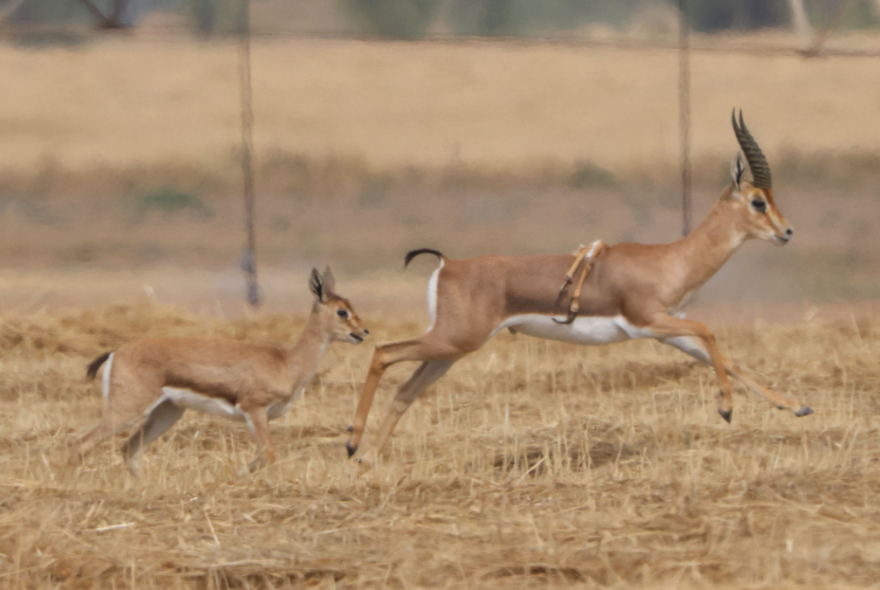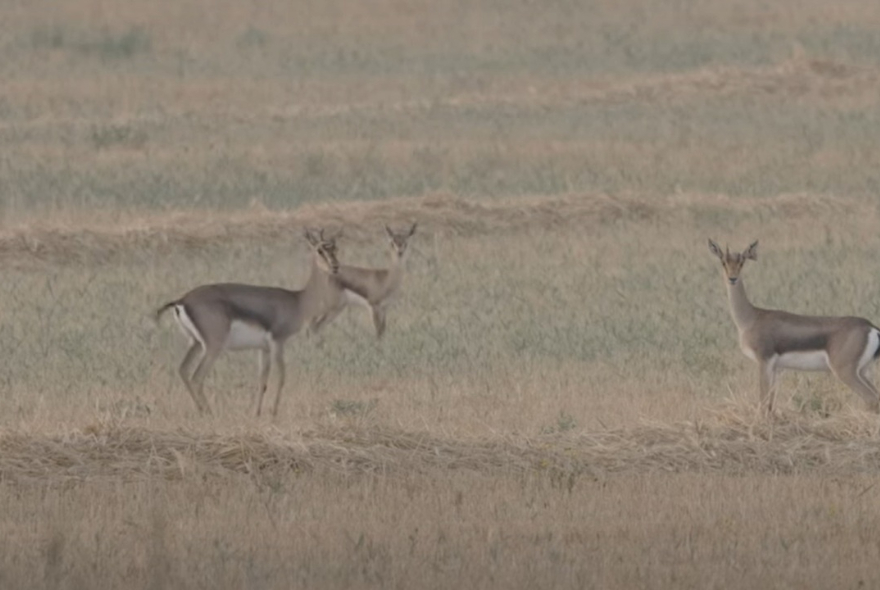
Sheshet, the six-legged Israeli deer, who was born about two years ago in the fields north of Kibbutz Kissufim and documented by Amir Balaban, the deer and urban nature specialist for the Society for the Protection of Nature - was photographed last weekend on a farm he owned, along with a harem of four doe deer, and a surprise: a young Ofer, heir to the herd.
Receiving Rental Assistance: Who Can Apply and How Do You Apply? • Informative
Amir Balaban: "I was very excited to see our 'Six' survive and overcome the rare mutation, and even thrive, during this difficult time. He learned to get by with a pair of legs that grew on his back. When he grew up, he migrated east to the Nahal Besor Reserve and there, he took over the farm."
"The ongoing documentation reveals the dangers facing the Israeli deer in the State of Israel, in a development boom and a war-torn region. It is inspiring, dealing with predators, hunters and a year of severe drought with dignity."
"I was very happy to photograph the young deer, which, as it turned out, has 'only' 4 legs. He looks perfect and is already having to deal with wild dogs from Gaza, hordes of jackals, deer hunters and SUVs that roam the reserve and its surroundings. Let's hope he survives and that Sheshet's deer successfully give birth to more deer this season."
In the documentary, Sheshet can be seen walking proudly among a pack of jackals that could endanger him, but he is not moved by them.
The northern Negev region once had a beautiful and thriving deer population that suffered from intensive hunting in the 2000s, until it was almost extinct. However, thanks to actions taken by the Nature and Parks Authority, such as ongoing enforcement against illegal hunting of wildlife and actions to strengthen the population by moving individuals from different locations and dispersing them in open areas and nature reserves, and monitoring them, it can be seen that many deer are integrating into the local herds and are managing to reproduce successfully.

The Society for the Protection of Nature adds that polymelia is a well-known but very rare phenomenon. It is a genetic defect, probably hereditary. It is known in cattle, poultry and reptiles, and this is the first time it has been documented in an Israeli deer.
The situation of the Israeli deer is not encouraging, and according to estimates, only about 5,000 deer of this species remain in the wild. The main danger to the life of the deer in the wild is the construction and destruction of natural habitats and the construction of roads, which interrupt their living areas and isolate them from their own kind. "Additional dangers to the life of the deer are illegal hunters, who hunt them mainly for the purpose of trading in their meat, and the extreme increase in stray dogs and jackals, which prey on the deer and their young."